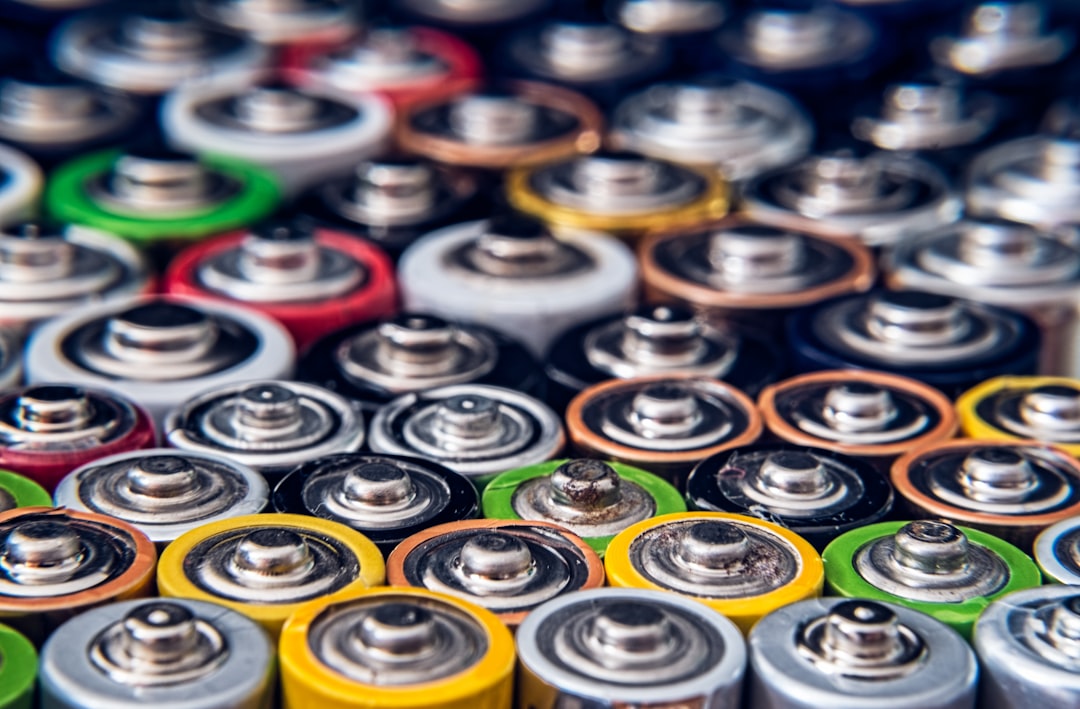What is it about?
The synthesis of nickel chloride (NiCl2)-mixed with polyvinyl alcohol films of 15–20 μm in thickness has been carried by solution blending technique. The dielectric properties of the films have been measured in the frequency range of 20 Hz to 1 MHz under a positive bias potential in the range from 0 to 40 V. Improved electric characterization was demonstrated due to ionic incorporation of NiCl2. The low-frequency polarization was based on the Maxwell–Wagner interfacial model. Hence, this composite film may suggest as suitable electronic polar medium for versatile low-frequency applications.
Featured Image
Why is it important?
The synthesis of nickel chloride (NiCl2)-mixed with polyvinyl alcohol films of 15–20 μm in thickness has been carried by solution blending technique. The dielectric properties of the films have been measured in the frequency range of 20 Hz to 1 MHz under a positive bias potential in the range from 0 to 40 V. Improved electric characterization was demonstrated due to ionic incorporation of NiCl2. The low-frequency polarization was based on the Maxwell–Wagner interfacial model. Hence, this composite film may suggest as suitable electronic polar medium for versatile low-frequency applications.
Perspectives
The synthesis of nickel chloride (NiCl2)-mixed with polyvinyl alcohol films of 15–20 μm in thickness has been carried by solution blending technique. The dielectric properties of the films have been measured in the frequency range of 20 Hz to 1 MHz under a positive bias potential in the range from 0 to 40 V. Improved electric characterization was demonstrated due to ionic incorporation of NiCl2. The low-frequency polarization was based on the Maxwell–Wagner interfacial model. Hence, this composite film may suggest as suitable electronic polar medium for versatile low-frequency applications.
Professor GIRISH M JOSHI
Institute of Chemical Technology
Read the Original
This page is a summary of: The DC bias function of electrical characterization of PVA inducted nickel chloride composite film, Ionics, April 2013, Springer Science + Business Media,
DOI: 10.1007/s11581-013-0908-z.
You can read the full text:
Contributors
The following have contributed to this page










